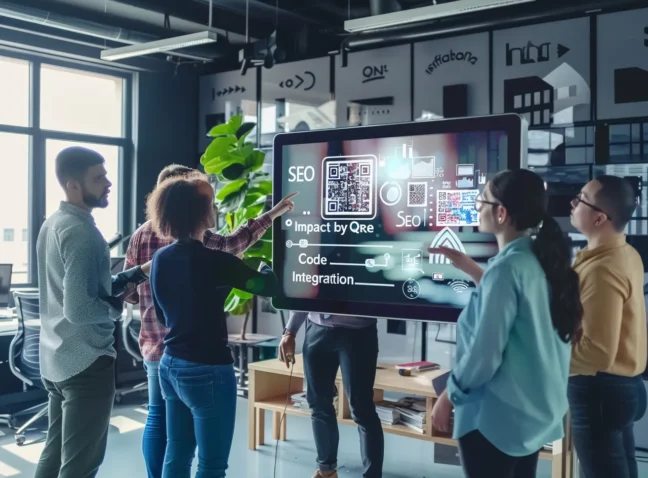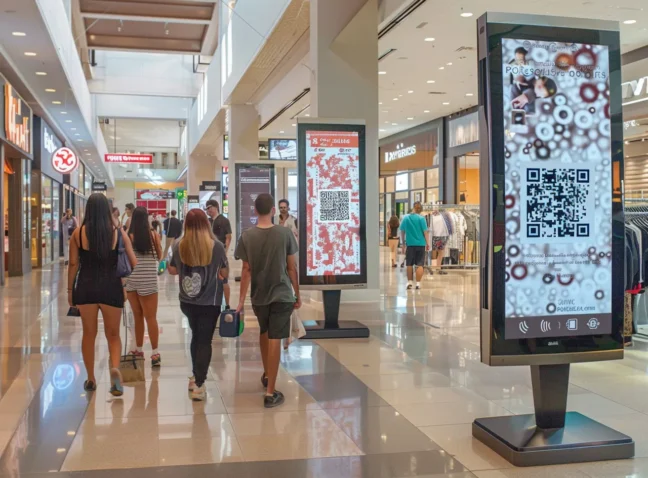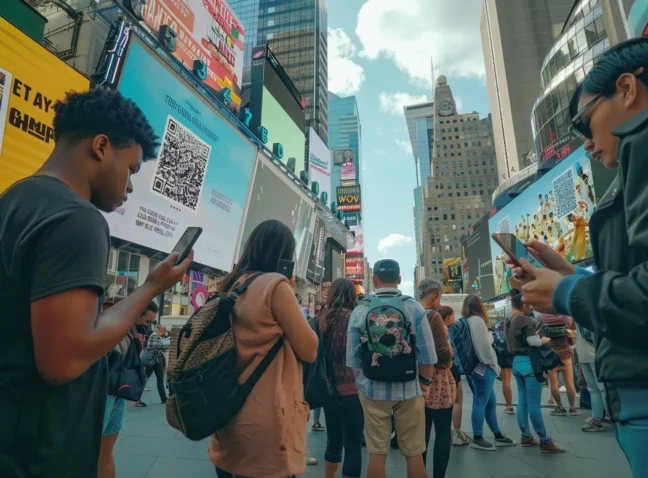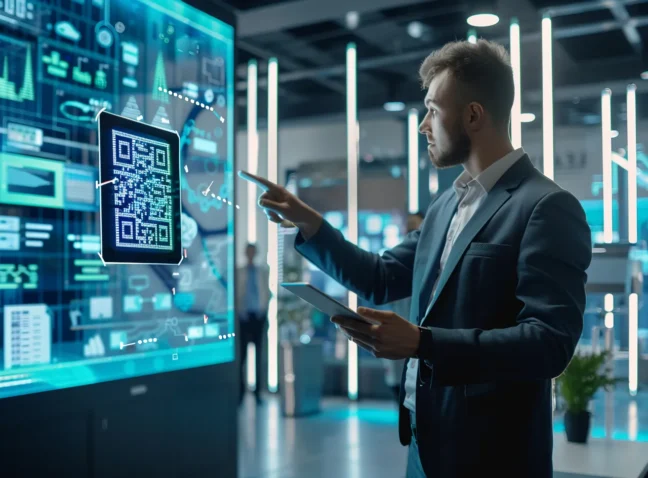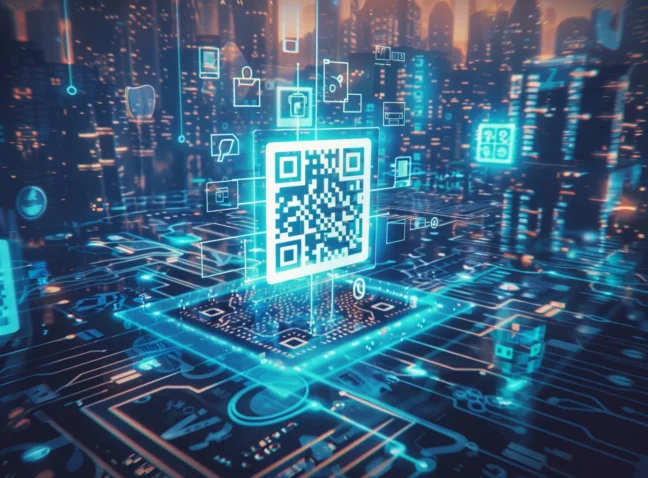QR codes can be added to Valentine’s Day cards linking to personalized digital messages, videos, and more! It’s all down to your imagination. And with My QR Code, you can make your own cute QR codes that fit the theme of your V-Day cards. Give it a try!
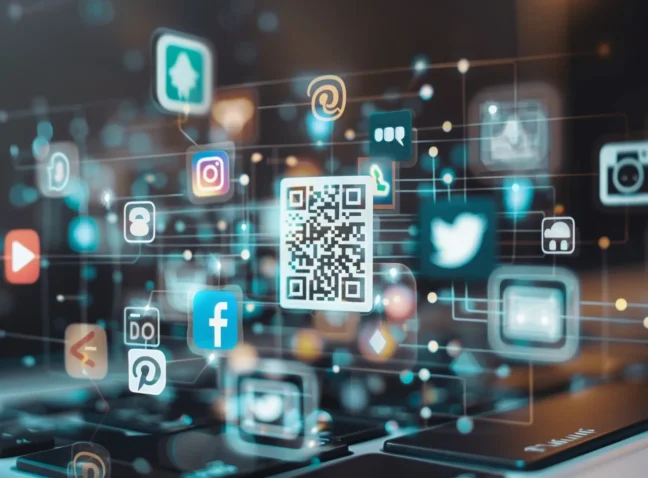
Leveraging QR Codes: Social Media Marketing Made Easy
QR codes for social media can help you connect your marketing strategies with your digital audiences easily. They’re used by many businesses throughout the world to […]
